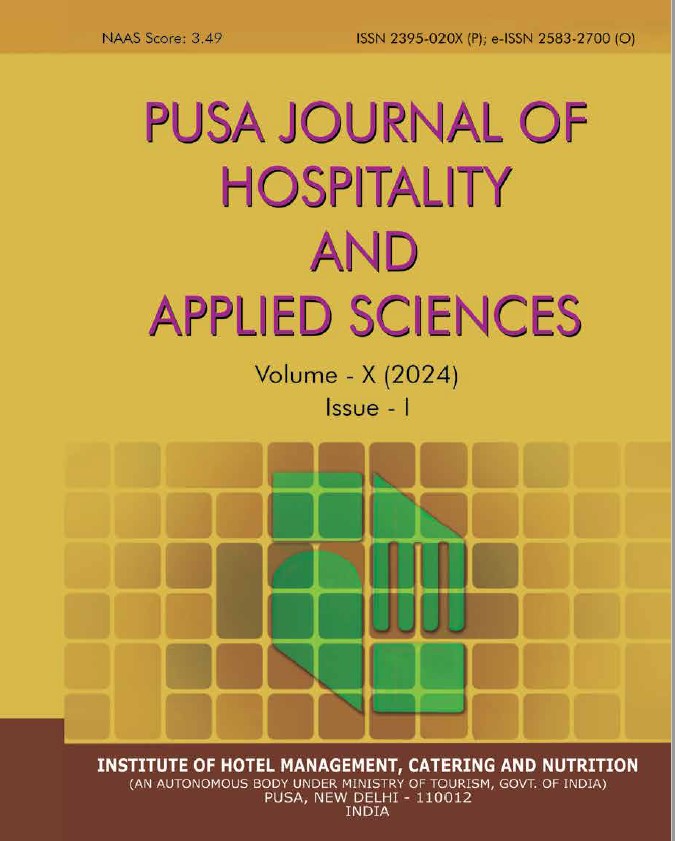Future Of Street Food In Chandigarh: From The Perspective Of Street Food Vendors And The Challenges Faced By Them
Keywords:
Street Food, Challenges, Hygiene and Health, Vendors, ChandigarhAbstract
Background: Chandigarh is a tri-city and there are many communities that are coming here for various purposes that can be good education and other economical aspects. Accordingly the demands are diverse. The city was made by joining few villages from surrounding areas, which resulted in urbanisation and with increase in urban population and culture the demand of street food has increased. Street foods are so diverse that they cannever be covered in one single article. Street food is the real replica of authentic food practices in the country or specific part of the country. The street food of North India is somewhat like its people, loud, big and warming. The one food that every North Indian love to eat is “Chaat” one of some mouth-watering dishes like TikkiChaat, Gol-Gappa and Pav Bhaji! And like the rest of India, Chandigarh too has its fair share of street food places that one can explore. The best part about the street food is the way it’s made by experimenting with authentic dishes. By keeping a few things in mind such as hygiene and safety, anyone can enjoy the authentic Indian street food without suffering from any food related diseases later. Street Vendors in Chandigarh face many problems as they are vulnerable population. Objective: The present study is aimed to observe the personal and environmental hygiene of the vendors and its surrounding that leads to sustainability of Street food in Chandigarh for its growth. Methodology: A quantative research was done on the basis of random sampling of the street vendors of Chandigarh. The research was conducted through questionnaire in the street food hubs of Chandigarh which was later analysed through a three-point scale. Results: This study was undertaken in a mega city; finding of the study could be used in other big cities though the results might vary depending on time and place. Though there were several challenges identified for the street food vendors to ensure food hygiene but it is anticipated that proper education about maintaining food safety. Conclusion: We can impart Training through qualified chefs and hygiene instructors that can instil these vendors with right knowledge of food to handle it carefully so that it increases the nutritional value of food and reduce the health hazards because of which people are trying to avoid going out to street vendors.
References
Business Today, (October 8th, 2018). Clean street food hub programme.
Gupta, V. (2018, September). Chandigarh MC drags feet or policy for regulating street vendors. Hindustan Times.
HTCG Team, (30 September 2015), In Indian Traditional Food- History of Indian street food.
Jain, J. (January 2013). Socio-economic Profile of Street Food Vendors and Quality Evaluation of Samosa and Panipuri in Allahabad City. Allahabad : (UP) India.International Journal of Agriculture and Food Science Technology, 4, 275-280.
Rahman, M.T. (2012). Food safety Knowledge, attitude and Hygiene Practices among the street Food Vendors. Borneo Science, 31,107-115.
Sanlier, A.S. (2016). Street Food consumption in terms of the food safety and health. Hakin University.
World Health Organization. (February 2015). The Five Keys to Safer Food Program. http:// www.who.int/foodsafety/consumer/5keys/en/




